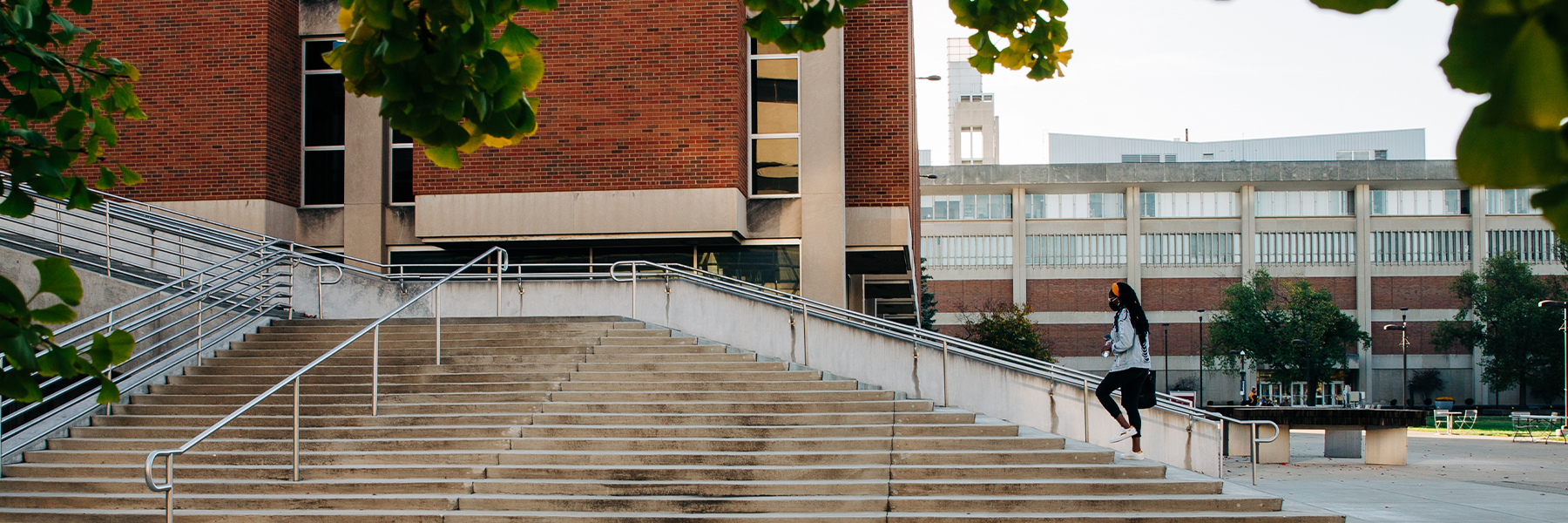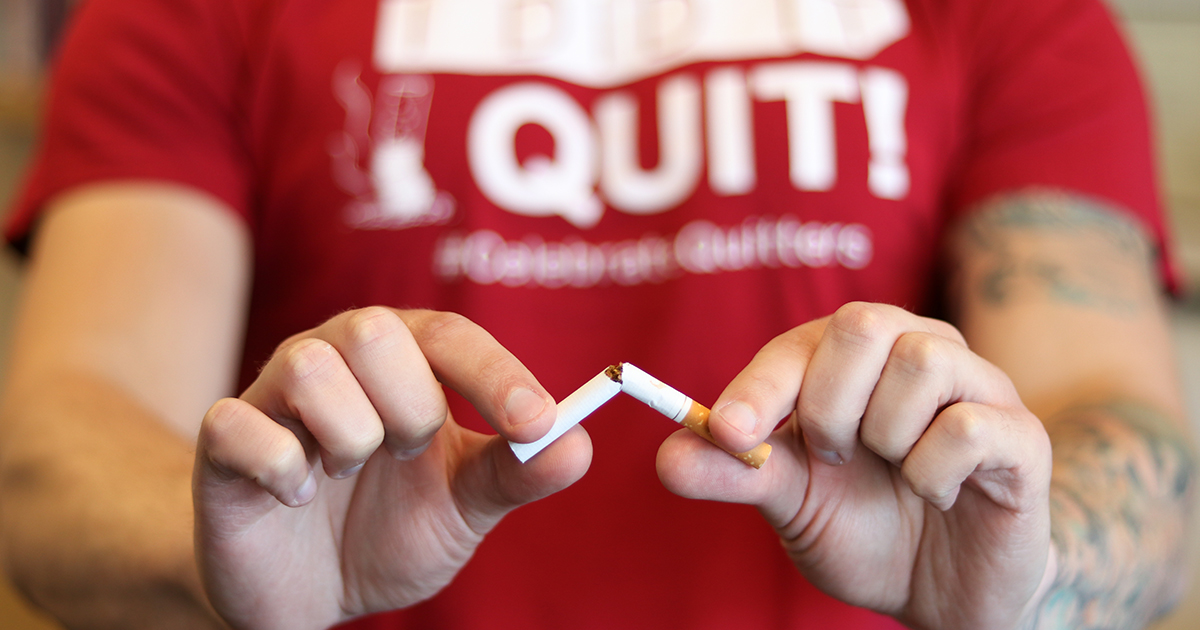Student health and wellness is always at the top of the priority list for IUPUI, and now we have data to help shine light on how students are feeling and how we can best support them. Before the COVID-19 pandemic cut the year on campus short, IUPUI participated in the National College Health Assessment (NCHA), a national survey of student health behavior. IUPUI was one of 75 colleges and universities that participated, which allows the university to benchmark itself against national reference groups.
Overall, 90.8 percent of IUPUI’s respondents self-reported being in good, very good, or excellent health, which stacked up similarly to the national reference group.
Recovery
- From a recovery perspective, IUPUI had more than twice the national rate of students in recovery from alcohol or drug use, with 4.5 percent of undergraduate respondents identifying as being in recovery compared to 1.8 percent in the national reference group.
- For those students wanting a supportive community surrounding recovery, they can visit the Collegiate Recovery Community online and get connected with peers in recovery by emailing recovery@iupui.edu.
Food Insecurity
- On a six-item USDA Food Security instrument, a higher frequency of IUPUI undergraduate respondents were screened into the very low food security category (26.2 percent) compared to the national undergraduate reference group (18.8 percent). Not only were the undergraduate rates higher across IUPUI, but the school-level data revealed a range of very low food security rates as high as 1-in-3 (33 percent) in some programs.
- At IUPUI, Paws’ Pantry is fighting against food insecurity and is remaining open during the pandemic to help students.
Sleep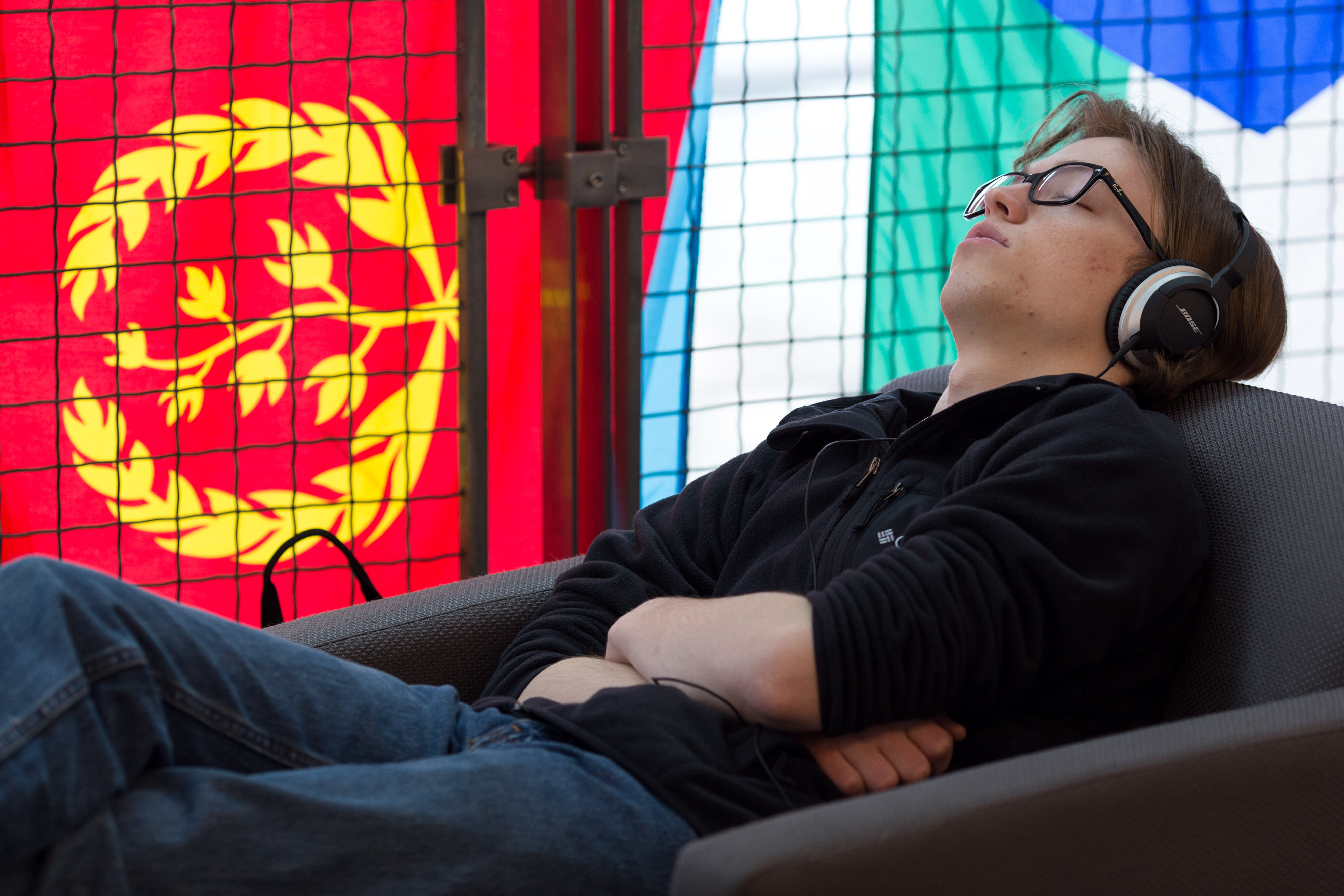
- Sleep is of the utmost importance for a successful college career, and it is recommended by the National Sleep Foundation that adults ages 18-64 get seven to nine hours per night.
- However, the survey results found that IUPUI’s undergraduate students got less sleep on average than their national counterparts, with about half getting six or fewer hours of sleep on weeknights. On the other hand, graduate and professional students were getting more sleep than the national average.
- The survey found that the best sleepers at IUPUI came from the School of Medicine and the School of Health and Human Sciences, while the most sleep deprived were from University College and Herron School of Art and Design.
Alcohol and Marijuana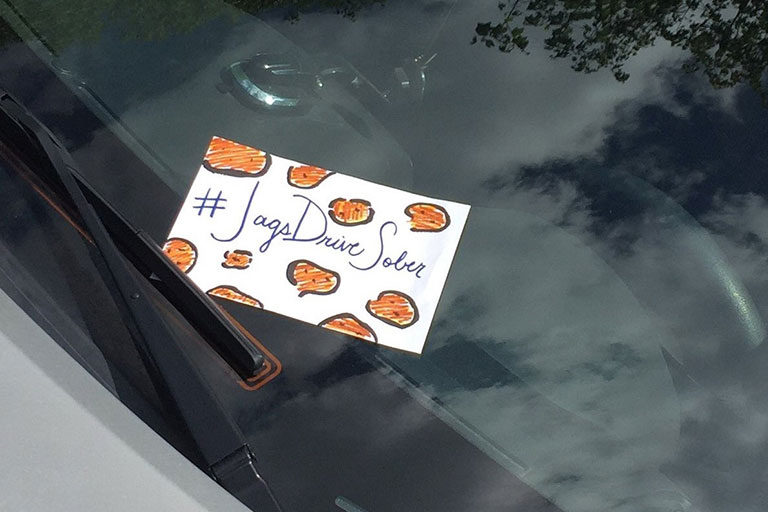
- IUPUI undergraduate survey respondents reported using alcohol slightly less often than the national reference group, with 68 percent drinking any alcohol in the past three months compared to 70 percent for the national group. That means about one-third of IUPUI undergrads don’t drink on a regular basis.
- IUPUI survey respondents also used cannabis less often than the national reference group, with 21.4 percent using any cannabis in the past three months compared to 28.6 percent for the national reference group.
“I think some of the alcohol and marijuana numbers we see really confirm that IUPUI is not a party school,” said Eric Teske, director of health and wellness promotion. “In fact, if you look at the rates of students in recovery from past alcohol or drug use, IUPUI is much more of a recovery campus. Our students are focused and serious about finishing their degrees.”
Tobacco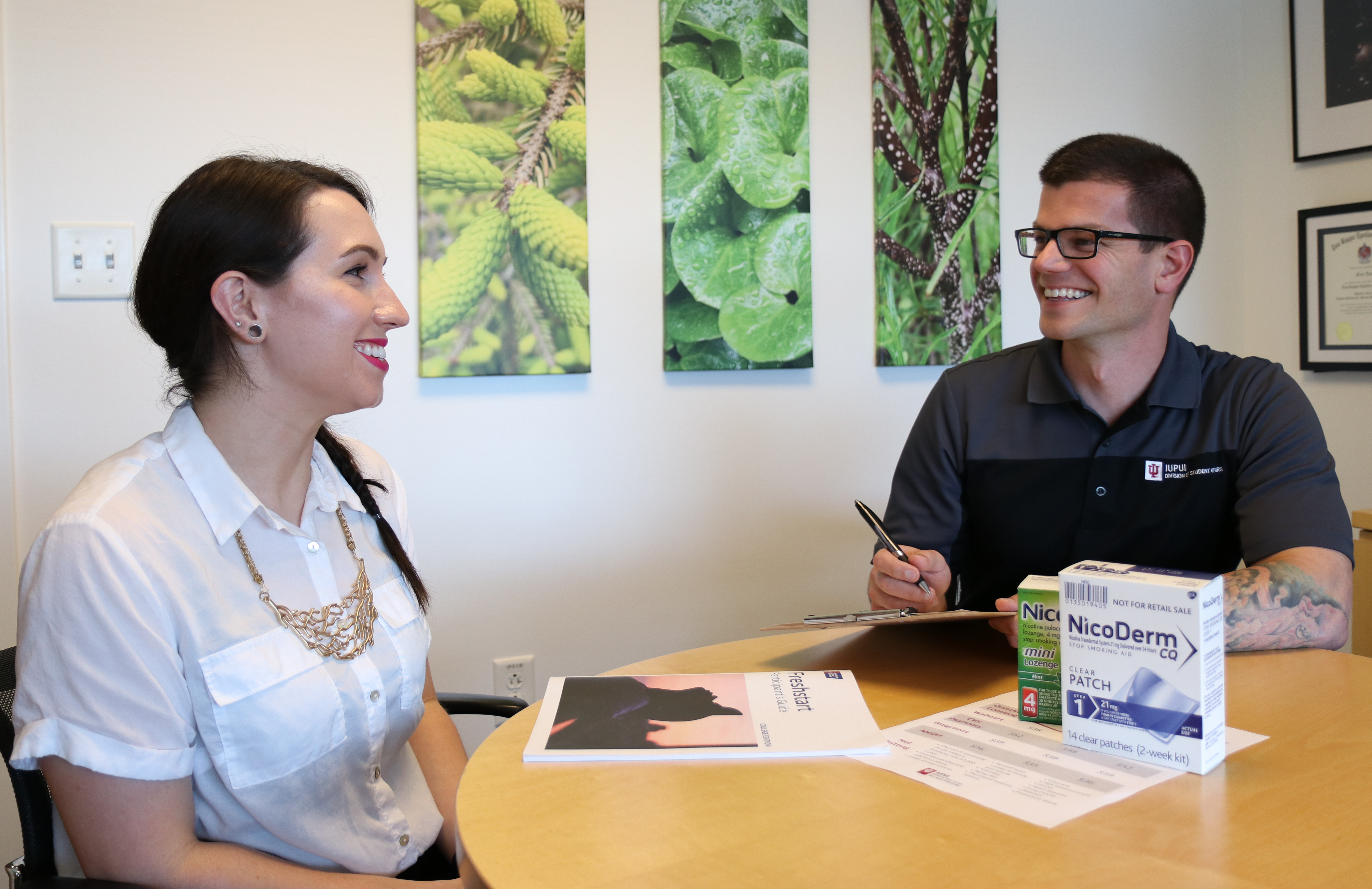
- As far as tobacco goes, the survey measured substance use as any use in the last three months. Tobacco products include anything from cigarettes to e-cigarettes, Juul, other vape products or smokeless tobacco.
- IUPUI’s undergraduate respondents used tobacco about as frequently as the national reference group with 24 percent stating they had used in the last three months. Graduate and professional students were below the national average.
- Students at IUPUI attempting to quit nicotine have resources available to them. Health and Wellness Promotion’s Nicotine Cessation Program can offer quit coaches, nicotine replacement therapies and more.
Aside from the usage rates, Teske mentioned the unique downtown campus at IUPUI might pose different issues. He cites the fact that IUPUI students used alcohol and marijuana less frequently than the national reference group, but IUPUI had higher self-reported rates of driving after drinking and driving after using cannabis.
“I believe this reflects our commuter campus and the fact that our students live throughout the city rather than together in a single neighborhood, so the temptation to drive between locations is higher,” Teske said. “With so many rideshare options these days, our students really have an opportunity now to speak out against impaired driving and create the shared expectation with their friends to find alternatives.”
Students can visit alcohol.iupui.edu to sign the Jags Drive Sober pledge, learn more about their party habits and find resources for recovery.
To see the full results of the 2020 survey along with past results, visit the Institutional Research and Decision Support website.


